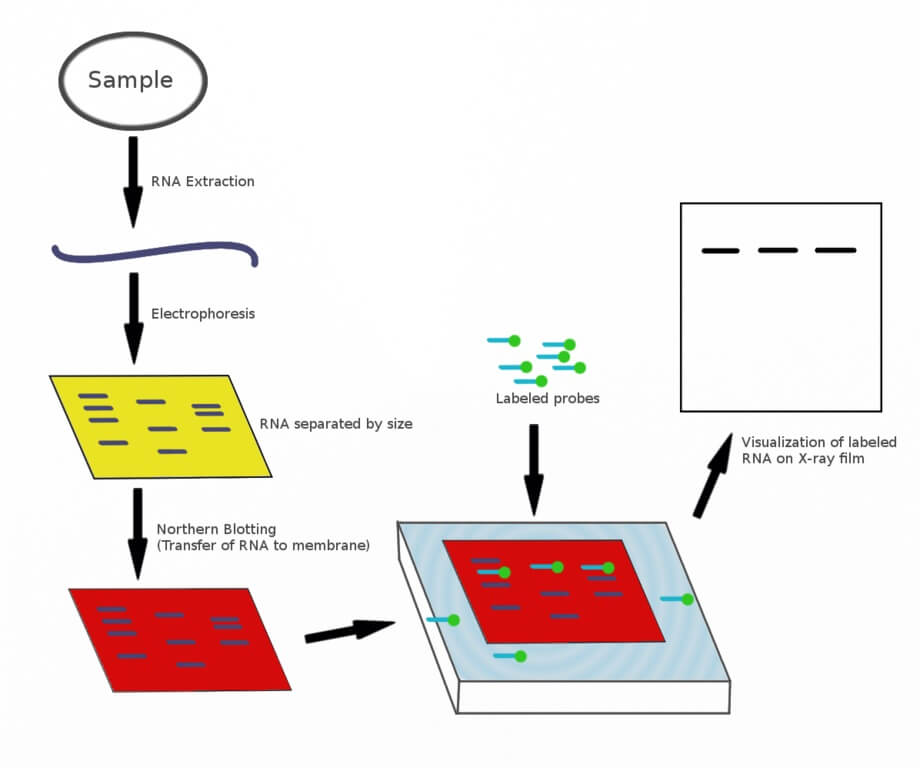

Learn more about our assays for caspases 1 through 12, formulated either for cell lysates with analysis by plate reader or for live cells with analysis by flow cytometer, microscope or plate reader.
BLOT ANALYSIS FULL
See a partial list of our Annexin V dye conjugates below or a full list here.Īctivated caspases can be detected using antibodies with IHC, western blotting, or flow cytometry.Ĭaspase activity assays either use peptide substrates, which are cleaved by caspases in cell extracts, or similar substrates that bind to activated caspases in live cells. Pair Annexin V with a membrane-impermeable dye like 7-AAD to distinguish between intact, apoptotic, and necrotic cells (eg see ab214663, ab214484, or ab214485). The analysis is typically done by flow cytometry. These panels include a collection of six knockout cell lines of genes involved in the apoptotic cell death pathway, all provided in one kit for your convenience, with matching parental cell lines as controls.Īnnexin V binds to phosphatidylserine, which migrates to the outer plasma membrane in apoptosis. To further investigate the up and downstream signaling pathways relevant to apoptosis we offer a panel of CRISPR engineered KO cell lines. Apoptosis pathway knockout cell lines panel Other assay methods are used to assay necrosis, anoikis and autophagy. Mitochondrial membrane potential-dependent dyes.Caspase activation and detection assays.DNA condensation and fragmentation (TUNEL) assays.Annexin V binding of cell surface phosphotidylserine.There are a number of methods for running an apoptosis assay to measure these markers of apoptosis. Western blot analysis of cleaved substrate (gelsolin, ROCK1) Light microscopy analysis of membrane blebbing

Microscopy analysis of chromatin condensation Western blot analysis of the presence of cytochrome C in the cytosolĪntibody-based microscopy analysis of the presence of cytochrome C in the cytosolįlow cytometry analysis of chromatin condensation Mitochondrial transmembrane potential (Δ ψm) decreaseįlow cytometry/ microscopy/microplate spectrophotometry analysis with Δ ψm sensitive probes Non-caspase proteases (cathepsins and calpain) activation Microplate spectrophotometry analysis with antibodies specific for cleaved PARP Microplate spectrophotometry analysis with antibodies specifically recognizing the active form of caspases Western blot analysis of pro- and active caspaseįlow cytometry/microscopy analysis with antibodies specifically recognizing the active form of caspases Western blot assessment of protein cleavageĬolorimetric/fluorometric substrate-based assays in microtiter platesĭetection of cleavage of the fluorometric substrate in flow cytometry/microscopy or by microtiter plates analysis The image below shows the main parameters of apoptosis and the approximate relative time when markers for those events are likely to be detected.įlow cytometry analysis of annexin V bindingĬleavage of anti-apoptotic Bcl-2 family proteins Apoptosis marker guideĪpoptosis occurs via a complex signaling cascade. Learn more about the mechanisms of apoptosis and other forms of cell death in our three comprehensive guides to apoptosis, necroptosis, and autophagy.

These death receptors recruit adaptor molecules such as FADD and caspase 8, which then activate caspase 3 and caspase 7, leading to apoptosis. Caspase 9 then activates caspases 3 and 7, leading to apoptosis.Īctivation of the extrinsic cell death pathway occurs following the binding on the cell surface of “death receptors” to their corresponding ligands such as Fas, TNFR1, or TRAIL. Released cytochrome C binds APAF-1, inducing the activation of caspase 9. Following permeabilization, the release of proteins from the mitochondrial intermembrane space promotes caspase activation and apoptosis. The key step in the intrinsic cell death pathway is the permeabilization of the mitochondrial outer membrane, after which cells are committed to cell death. The intrinsic cell death pathway is governed by the Bcl-2 family of proteins, which regulate commitment to cell death through the mitochondria. Caspases are activated through the intrinsic and extrinsic cell death pathways. During apoptosis, the caspases (cysteine-aspartate proteases) accelerate cell death through the proteolysis of over 400 proteins.


 0 kommentar(er)
0 kommentar(er)
